
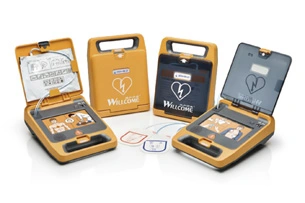
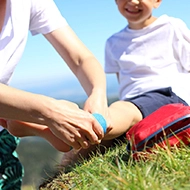

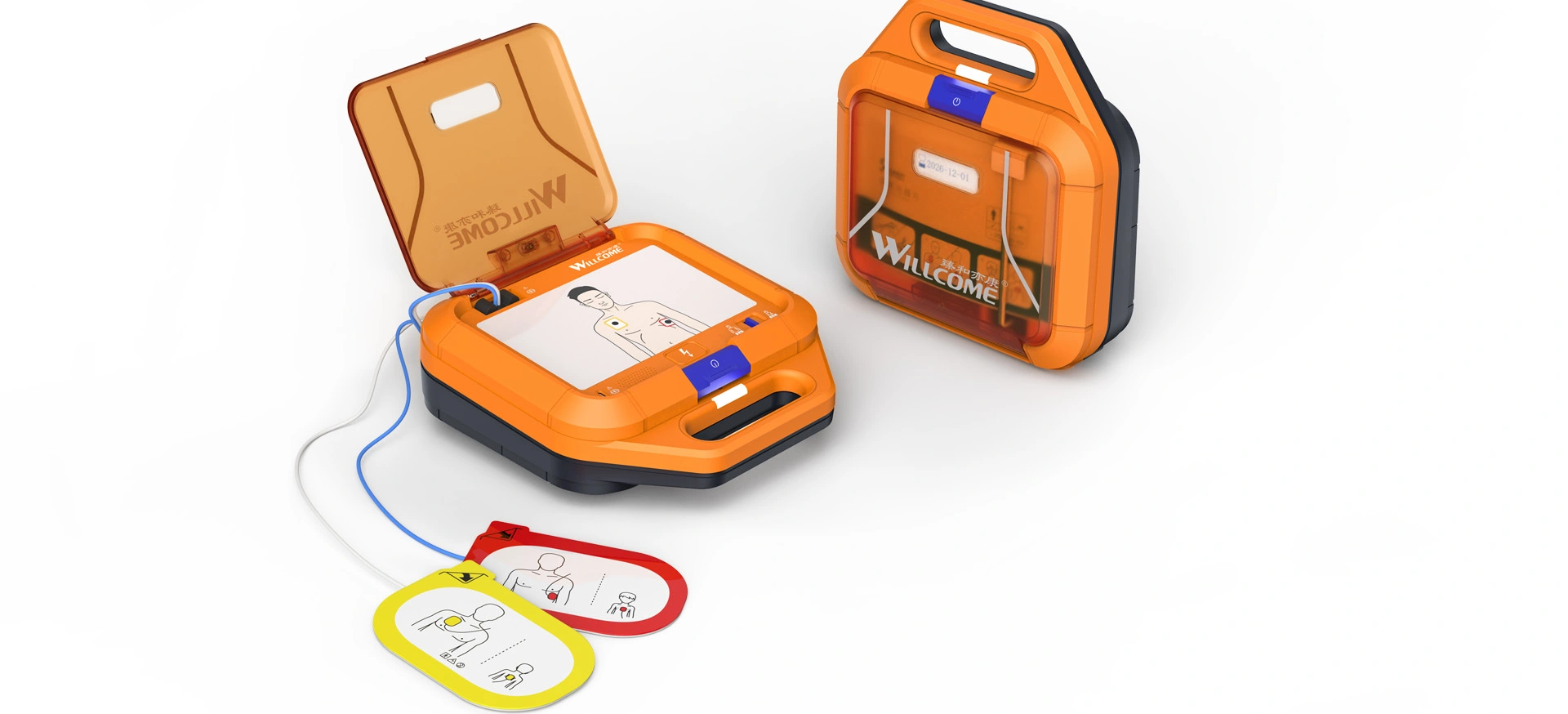
Accidents can happen anywhere, anytime. Having first aid equipment readily available allows for immediate response to injuries, which can prevent conditions from worsening.
In severe cases, such as cardiac arrest, immediate use of equipment like an Automated External Defibrillator (AED) can save lives.
In many countries, it’s a legal requirement for public places and workplaces to have first aid equipment.
The presence of first aid equipment promotes a culture of safety, reminding people to be cautious and aware of potential hazards.
Immediate treatment can reduce the recovery time of an injury.
In the event of a public health emergency, such as a pandemic, having first aid equipment like masks and sanitizers can help prevent the spread of disease.
Choking
Heart Attack
Stroke
Burns
Bleeding
Fractures
Seizures
Allergic Reactions
Heatstroke
Hypothermia
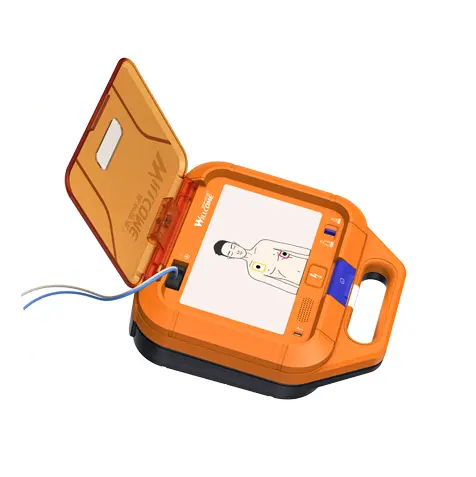
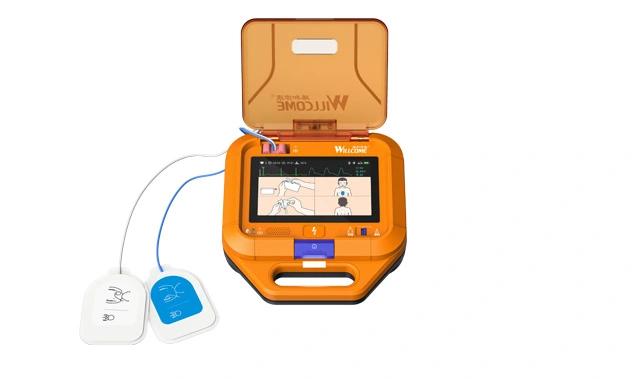
The frequency of checking and replenishing first aid equipment can depend on the specific regulations in your area, the type of environment (workplace, school, public place), and how often the kit is used. However, a general rule of thumb is to check the kit at least every three months.
During these checks, you should:
Ensure all items are within their use-by dates.
Replace any used or damaged items.
Check the condition of equipment and supplies to make sure they’re still functional and safe to use.
If the first aid kit is used frequently, it may need to be checked and replenished more often. It’s also a good idea to check and restock the kit after any incident where it was used.